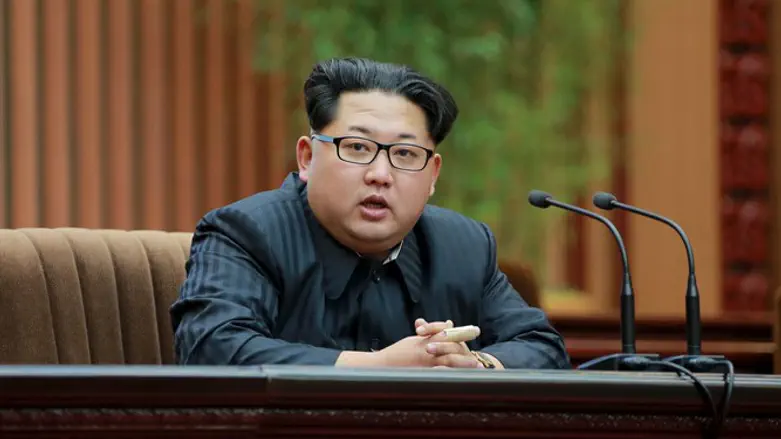
After North Korea's recent nuclear test, South Korea's Defense Ministry has declared that it is "preparing for the worst". Also, according to South Korea, Pyongyang has a shaft prepared for a sixth nuclear test. Since 1958 when it was noticed that atmospheric levels of various radioactive isotopes was increasing (including carbon 14, famous for its use in dating), almost all testing has been performed underground. Tunnels are dug, with a conspicuous 180-degree turn at the end, so that the force of the explosion closes the shaft, and prevents ejection of debris, because the resulting explosions produce earthquake-like tremors.
Many are skeptical regarding the effectiveness of these precautions, but experiments by the US in the 1950s, indicated otherwise and Russia seems to have come to the same conclusion. According to those tests, bomb shelters still provide considerable protection up to as close as several hundred meters from ground zero. This is with regard to bombs like those used over Japan. In one particularly telling example, an entire caravan was totaled, but the shelter (which doubled as a restroom), suffered nothing more than a cracked sink.
Likewise, structures built in line with earthquake codes were often still usable after a nuclear test, with only minor repairs needed. Like Israel, South Korea maintains an extensive shelter system in case of attack.
Cresson Kearney, well known (and often ridiculed) for his efforts in civil defense, had one other suggestion: keep your shelters empty except for an emergency bag and spring mattresses. A bomb shelter will bounce several feet during a strike, and sitting on a spring mattress will keep you from getting injured.